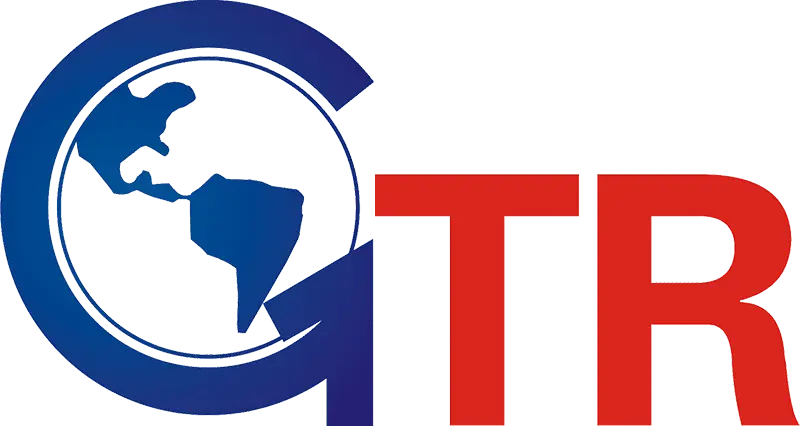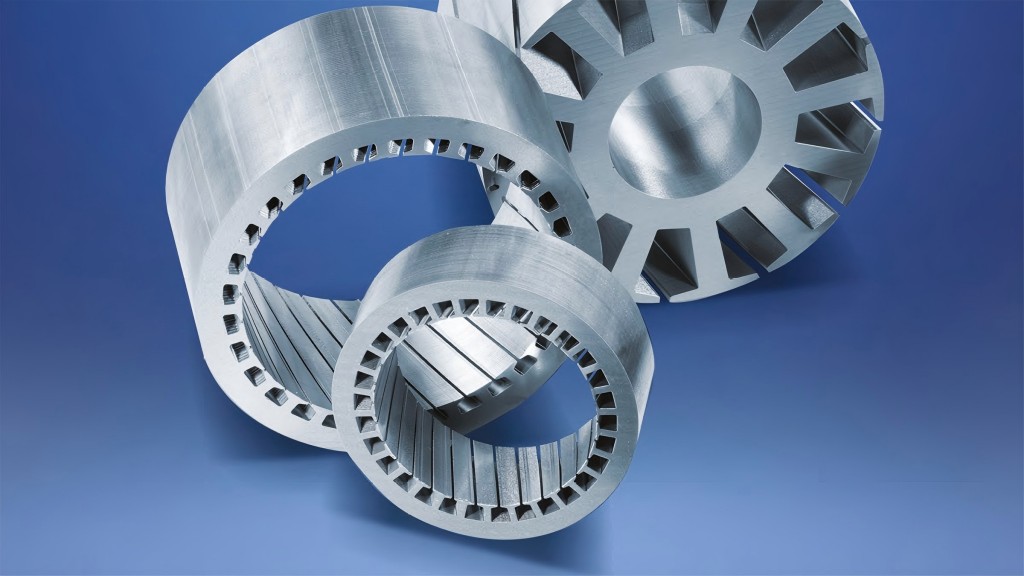In today’s industrial landscape, efficiency, precision, and sustainability are key. Rotor and stator stacks, essential in motors and generators, drive innovation and performance across sectors like automotive, renewable energy, robotics, and heavy machinery.
This article explores how rotor and stator stacks are reshaping industries and highlights their transformative benefits.
The Core of Electric Machines: Rotor and Stator Stacks
The rotor and stator stacks are the central components of all electric motors and generators. These components accurately convert electrical energy to mechanical energy, or mechanical energy to electrical energy, with unparalleled precision. Stator stacks, typically constructed from layered silicon steel laminations, provide the stationary magnetic field. Rotor stacks, the spinning component, interact with this field to generate motion in the meanwhile.
These systems’ effectiveness is mostly dependent on the rotor and stator stacks’ construction and quality. From reducing energy losses to enhancing torque output, these components set the foundation for high-performance electric machines.
Industry Benefits of Rotor and Stator Stacks
1. Automotive Sector: Driving the Electric Revolution
The rise of electric vehicles (EVs) has placed rotor and stator stacks at the forefront of automotive innovation. These components are vital for:
- Enhanced Efficiency: Modern rotor and stator designs minimize core losses, extending the range of EVs.
- Compact Designs: Advanced lamination techniques enable lightweight motors, crucial for optimizing vehicle performance.
- High Power Density: Optimized stack configurations ensure powerful acceleration and smooth operation.
2. Renewable Energy: Maximizing Output and Reliability
Wind turbines and solar energy systems heavily depend on efficient motors and generators. Rotor and stator stacks are essential for:
- High Efficiency: Advanced lamination materials reduce energy losses, ensuring maximum energy conversion.
- Durability: Sturdy stack designs extend the longevity of renewable energy systems by withstanding harsh environments.
- Scalability: Customizable stack solutions cater to varying power generation requirements, from small-scale installations to large wind farms.
3. Industrial Automation: Enhancing Productivity
In factories and production lines, automation relies on precise and reliable motor systems. Rotor and stator stacks contribute to:
- Increased Productivity: High-performance motors enable faster and more accurate operations.
- Energy Savings: Efficient designs reduce operational costs and support sustainability goals.
- Versatility: Customizable configurations accommodate diverse industrial applications, from robotics to conveyor systems.
4. Aerospace and Defense: Pioneering Innovation
Rotor and stator stacks are crucial for aerospace and defense technologies, powering applications such as:
- Electric Propulsion: Lightweight, efficient motors drive advancements in electric aircraft.
- Precision Systems: High-quality stacks ensure accuracy in critical defense mechanisms.
- Sustainability: Advanced materials and designs support energy efficiency, aligning with the aerospace industry’s environmental goals.
5. Consumer Electronics: Compact and Efficient Solutions
From household appliances to portable devices, rotor and stator stacks enhance:
- Energy Efficiency: Reduced energy consumption extends battery life and lowers electricity usage.
- Compactness: Miniaturized designs enable sleek, lightweight electronics.
- Performance: Optimized stacks deliver reliable and consistent operation.
6. Rail Transportation: Driving Efficiency and Sustainability
Rail transportation depends on high-performance motor systems for locomotion and auxiliary systems. Stator and rotor stacks offer:
- Dependable Traction Motors: ensuring efficient and seamless train operations.
- Energy Savings: Enhanced designs reduce electricity consumption for electric and hybrid trains.
- Durability: Robust materials withstand the rigorous demands of rail applications.
7. Wind and Hydraulic Power: Supporting Renewable Energy
Rotor and stator stacks are integral to systems harnessing wind and hydraulic energy. Their benefits include:
- High Efficiency: Optimized designs maximize energy conversion in wind and hydroelectric turbines.
- Longevity: Durable materials withstand harsh environmental conditions.
- Customization: Tailored configurations meet specific turbine requirements, from micro-hydro systems to large-scale wind farms.
8. Drone Technology: Enabling Precision and Efficiency
Drones require lightweight and efficient motor systems for optimal performance. Rotor and stator stacks enable:
- Compact Motors: Ensuring agility and extended flight times.
- Energy Efficiency: Reducing power consumption to enhance operational efficiency.
- High Reliability: Guaranteeing steady functioning under pressure.
Key Technologies Behind Rotor and Stator Stacks
The advantages of stator and rotor stacks are the result of improvements in manufacturing and design. Key technologies include:
- High-Precision Lamination: Thin, laser-cut silicon steel sheets reduce core losses and enhance efficiency.
- Advanced Materials: Specialized alloys improve magnetic properties and durability.
- Automated Assembly: Robotics ensure consistent quality and scalability.
- Custom Designs: Tailored configurations meet specific application needs, optimizing performance.
Environmental and Economic Impact
The shift toward energy-efficient technologies is as much about economic gains as environmental stewardship. Rotor and stator stacks contribute significantly to:
- Energy Savings: High-efficiency designs reduce electricity consumption, lowering operational costs.
- Reduced Carbon Footprint: Sustainable manufacturing practices and improved energy efficiency support global climate goals.
- Economic Growth: Enhanced productivity and reduced energy costs drive industry expansion and innovation.
Partnering for Success
To fully realize the benefits of rotor and stator stacks, collaboration with a trusted manufacturer is crucial. Look for a partner with:
- Comprehensive Expertise: From material selection to final assembly, end-to-end solutions ensure quality and performance.
- Modern Facilities: Up-to-date machinery and technologies ensure accuracy and expandability.
- Customization Capabilities: Tailored solutions address unique application requirements.
- Proven Track Record: A history of success with industry leaders demonstrates reliability and expertise.
Conclusion
Rotor and stator stacks are not just components; they are catalysts for progress across industries. Their ability to enhance efficiency, sustainability, and performance makes them indispensable in the quest for innovation and excellence. By making investments in high-quality stacks, industries may accomplish their objectives and help create a more sustainable future.



